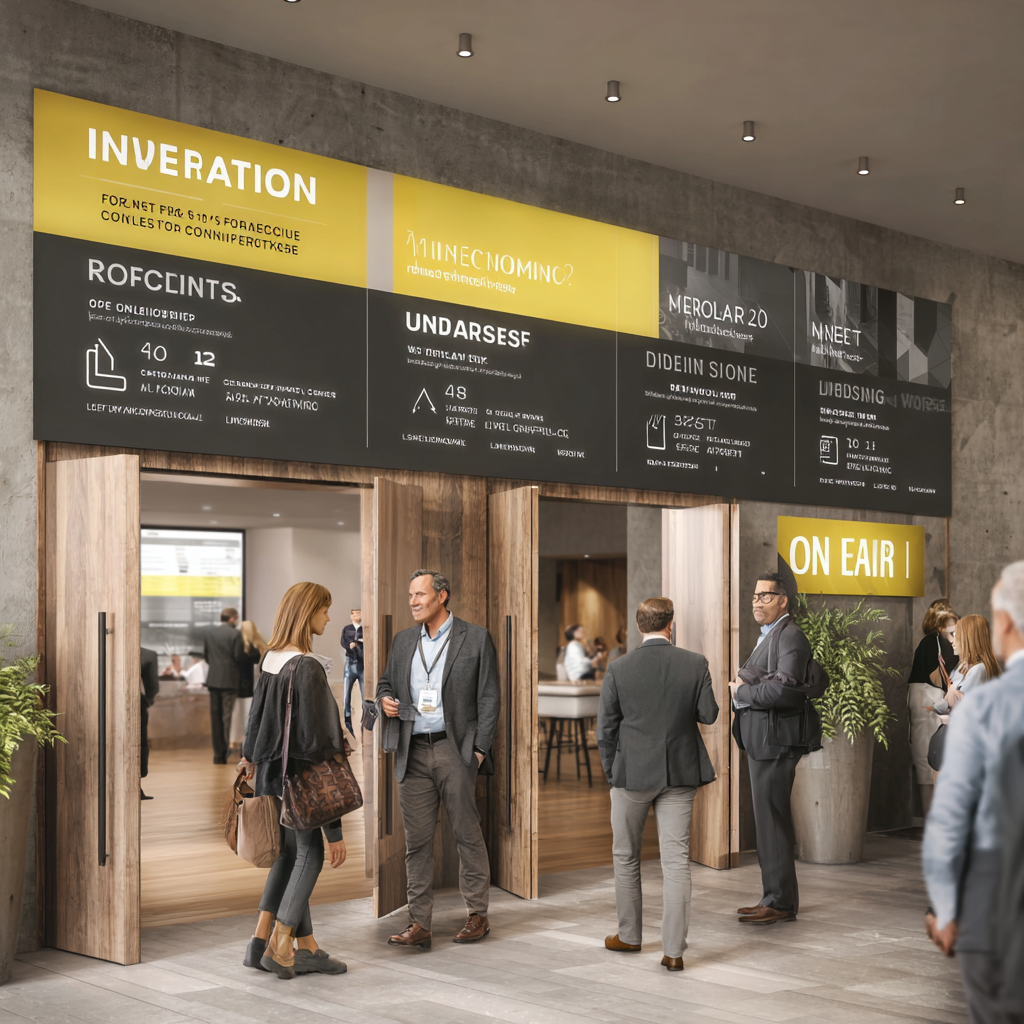The COVID-19 pandemic forced an unprecedented shift to virtual events, pushing the boundaries of digital connectivity. While the return to in-person gatherings is eagerly welcomed, the experience has fundamentally reshaped expectations. The future of offline conferences will not simply revert to pre-2020 models; instead, it will be defined by a sophisticated blend of physical presence and digital innovation, creating “hybrid” models that maximize reach, engagement, and value.
Key Trends Shaping the Hybrid Future:
- Enhanced Digital Reach for Physical Events:
- High-Quality Live Streaming: Keynotes and select popular sessions will be professionally streamed, not just to a few remote attendees, but as a core component of event strategy, offering global access to content.
- On-Demand Content Libraries: All recorded sessions, presentations, and supplementary materials will be made available post-event in a robust digital library. This extends the content’s lifespan and allows attendees (both in-person and virtual) to revisit valuable information.
- Virtual Components for Physical Attendees: Event apps will continue to evolve, offering in-person attendees digital networking tools, personalized agendas, real-time Q&A, and interactive maps, enhancing their physical experience.
- Integrated Virtual Participation:
- Dedicated Virtual Tracks: Hybrid events will often feature content specifically tailored for remote audiences, not just live streams of physical sessions. This could include exclusive virtual-only speakers, workshops, or networking rooms.
- Bridging Virtual and Physical Networking: Innovative solutions will emerge to facilitate seamless interaction between in-person and virtual attendees. This might include AI-powered matchmaking across both groups, dedicated “virtual lounges” where remote participants can interact with physical attendees via screens, or moderated cross-platform discussions.
- Virtual Exhibition Experiences: Digital exhibit halls will become more sophisticated, offering virtual booths with interactive demos, live chat with representatives, and downloadable resources for remote attendees, mirroring the physical experience as closely as possible.
- Personalization and AI Integration:
- Smart Agenda Builders: AI will increasingly help attendees (both physical and virtual) curate personalized schedules based on their interests, job roles, and stated objectives, recommending relevant sessions, speakers, and even potential connections.
- AI-Powered Networking: Sophisticated algorithms will suggest ideal networking matches based on shared interests, company needs, and professional goals, making connections more efficient and relevant.
- Predictive Analytics: Organizers will use AI to analyze registration data, session attendance, and engagement metrics to optimize future event content, format, and logistics.
- Sustainability and Accessibility:
- Reduced Carbon Footprint: Hybrid models naturally reduce travel for some participants, contributing to a more sustainable event industry.
- Increased Accessibility: Virtual components open up conferences to a wider audience, including those with disabilities, limited travel budgets, or geographical constraints, democratizing access to valuable industry knowledge.
- Focus on Immersive Physical Experiences:
- Paradoxically, as virtual options expand, the physical component of offline conferences will become even more focused on unique, tactile, and sensory experiences that cannot be replicated digitally. This includes:
- High-quality catering and unique food experiences.
- Immersive exhibit hall activations (VR/AR demos, hands-on workshops).
- Curated networking events in memorable settings.
- Emphasis on the “vibe” and atmosphere that only physical presence can create.
- Paradoxically, as virtual options expand, the physical component of offline conferences will become even more focused on unique, tactile, and sensory experiences that cannot be replicated digitally. This includes:
The future of offline business conferences is exciting and complex. It’s about leveraging technology to extend reach and personalize experience, while simultaneously doubling down on the irreplaceable value of human connection and physical immersion. The successful conference of tomorrow will be a seamlessly integrated hybrid event, offering a continuum of participation options that cater to diverse needs and unlock unprecedented levels of engagement and value for all involved.



Leave a Reply